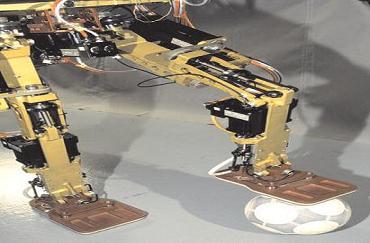|Reeditión| These notes are devoted to present some of the mathematical milestones of Control Theory. To do that, we first overview its origins and some of the main mathematical achievements.
Then, we discuss the main domains of Sciences and Technologies where Control Theory arises and applies. This forces us to address modelling issues and to distinguish between the two main control theoretical approaches, controllability and optimal control, discussing the advantages and drawbacks of each of them.
In order to give adequate formulations of the main questions, we have introduced some of the most elementary mathematical material, avoiding unnecessary technical difficulties and trying to make the paper accessible to a large class of readers.
The subjects we address range from the basic concepts related to the dynamical systems approach to (linear and nonlinear) Mathematical Programming and Calculus of Variations.
We also present a simplified version of the outstanding results by Kalman on the controllability of linear finite dimensional dynamical systems, Pontryaguin’s maximum principle and the principle of dynamical programming. Some aspects related to the complexity of modern control systems, the discrete versus continuous modelling, the numerical approximation of control problems and its control theoretical consequences are also discussed.
Finally, we describe some of the major challenging applications in Control Theory for the XXI Century. They will probably influence strongly the development of this discipline in the near future. (…)
You can download the full article in this link: Fernández Cara, E. amd Zuazua Iriondo, E. (2003). Control theory: history, mathematical achievements and perspectives. Boletín de la Sociedad Española de Matemática Aplicada, 26, 79-140.


